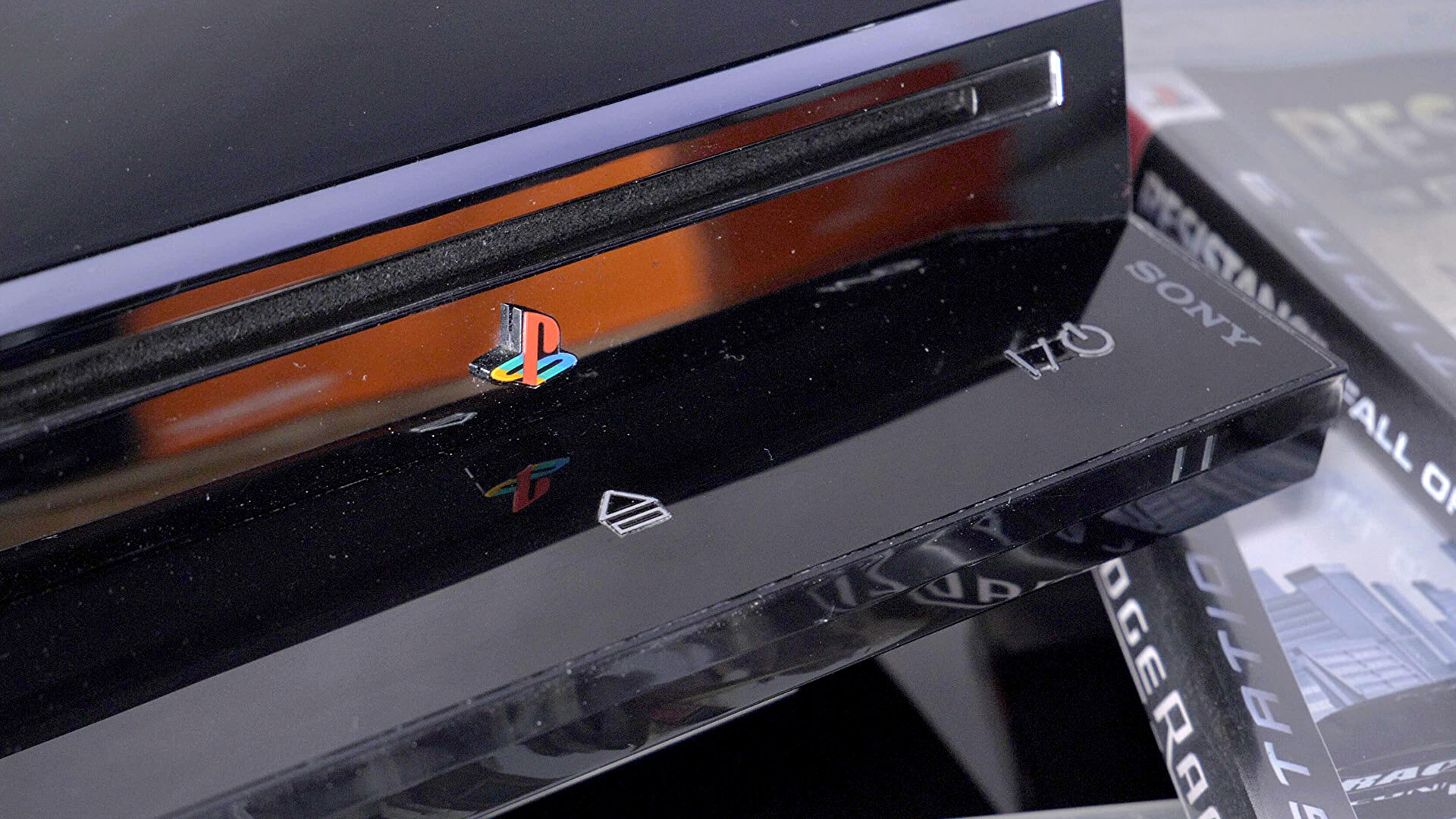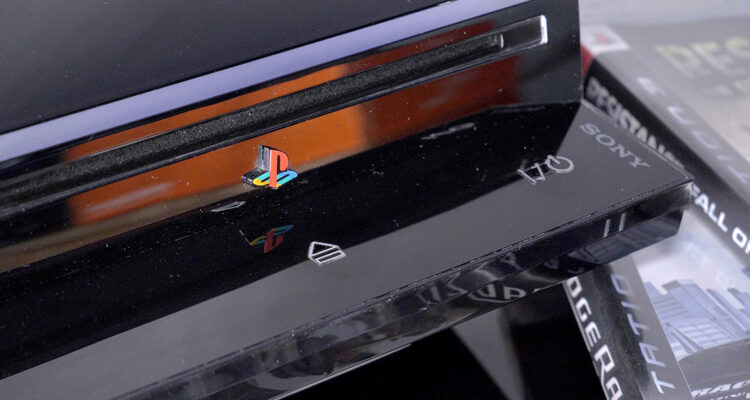
Welcome to the second instalment of PlayStation 3: chasing the 1080p dream. This is DF Retro’s most expansive project yet, spanning an entire console generation, with John Linneman looking to track full HD support for Sony’s eighth generation machine including some of the best – and the worst – titles for the system. In the first episode, we tracked the PS3’s beginnings, why Sony targeted 1080p in its marketing and what the final games looked like in the first couple of years of the console’s life cycle. This second part continues into the PS3’s ‘difficult’ period, where first-party triple-A juggernauts were thin on the ground with the ‘Triple’ still struggled to compete in them multi-platform arena up against Xbox 360. As for 1080p gaming… we bore witness to one unmitigated triumph, but elsewhere, the full HD picture wasn’t quite as crystal clear as we might have hoped.
Still, moving into 2008, Sony made plenty of agreeable moves for its console. Big exclusives like Metal Gear Solid 4 and Motorstorm: Pacific Rift were crowd pleasers, the console received a welcome price-cut and mistakes of the past were rectified – rumble returned to PlayStation controllers, for starters. And with a couple of years of development under their belts, at least there was movement in the right direction for multi-platform titles. Game development started to skew more towards features and fidelity as opposed to resolution, meaning that the period covered by part two of our video looks pretty lean for the purposes of our story, even though the console’s fortunes were improving overall.
It did, however, see the return of one of Sony’s greatest franchises in the form of the wonderful WipEout HD – a game that still looks and plays beautifully even today. This works because Studio Liverpool started from PSP assets and built up the game with 1080p output resolution in mind, deploying an early form of dynamic resolution scaling to better stabilise performance. My tech interview back in the day is worth a read for more details and in the video above, it’s great to see that the title still holds up.





